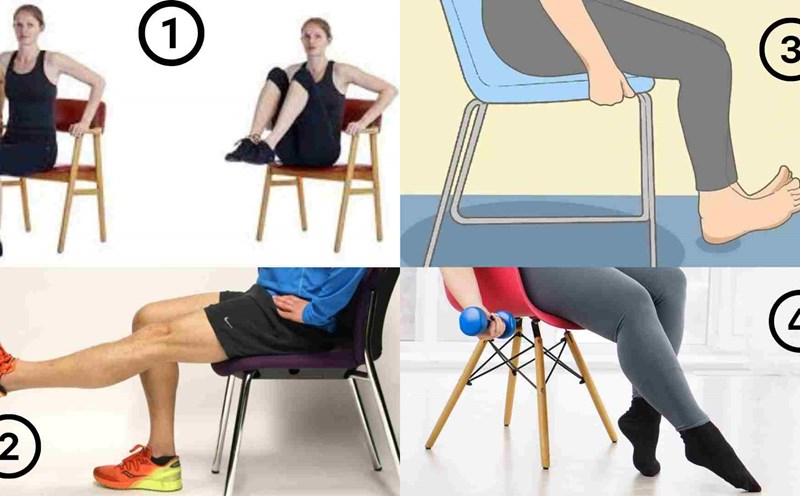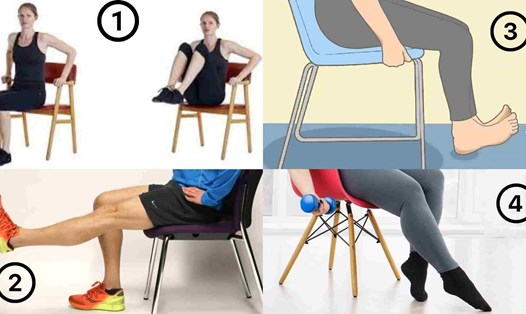Ms. N.T.Q, 47 years old, in Hanoi, was admitted to the Central Hospital for Tropical Diseases in critical condition after a serious traffic accident. After being hit by a truck, she was lucky to escape death but her left leg was crushed. The body lost acute blood pressure, blood pressure dropped to only 75 mmHg, rapid pulse, struggled, sweating - a clear sign of volume shock, a condition that can take life in a cluster.
Upon admission, the doctors determined that this was an "extreme" surgery. forced to have surgery immediately, not waiting for test results, not waiting for stable resuscitation. Because if there is a delay, the patient can lose his whole leg, or even die. The surgery was performed under the direct direction of Dr. Hoang Manh Ha, Head of the Department of Surgery - Orthopedics and Spinal Neurology.
As soon as entering the operating room, the patient was transmitted 5 blood units - equivalent to 2 liters - to compensate for the loss of blood, and the surgery was conducted immediately. A total of the first 5 days, the patient was transmitted nearly 4 liters of blood - equivalent to the entire amount of blood in the adult body. Doctors have no choice but to resuscito and surgery at the same time, because if the blood continues to flow without being held, all blood transfusion efforts are meaningless. Conversely, if the tissue is not raised in time, it will lead to necrosis, multi -organ failure, even death.
The patient is seriously damaged: over 90% of the left leg software is crushed, including the entire leg muscles and the inside of the thigh. The skin is geared from the thigh to the soles of the feet, completely separated from the muscle layer. Many important tendons such as Achiles tendons, thumb stretched, stretched the fingers are broken or peeled off the muscle. The large muscles in the thighs and lower legs are crushed. The ankle bone broke both sides, causing the joints to lose firmly. Small blood vessels are almost completely broken, sewing is large blood vessels without damage. This is the "end" factor, the only ray of hope to keep the foot.
During the surgery, the doctors performed many parallel operations: bloodying small vessels with clips and burning electricity, cleaning crushed tissue, treating sluggish skin, reconnecting important tendons, temporarily fixing two broken bones. All operations were performed urgently and accurately.
Fortunately, after 5 days of active treatment, the patient was alert, vital signs were stable, legs were warm again, and there were no signs of spreading necrosis. The living tendons are well connected, and Asin tendons will be treated further in the next surgery. The snakehead skin has a good prognosis, and is likely to be retained without the need for large-scale replacement as originally planned.
In the near future, the patient will continue to be monitored for software recovery, then enter the stage of bone and jointorthopedic and rehabilitation exercises.











